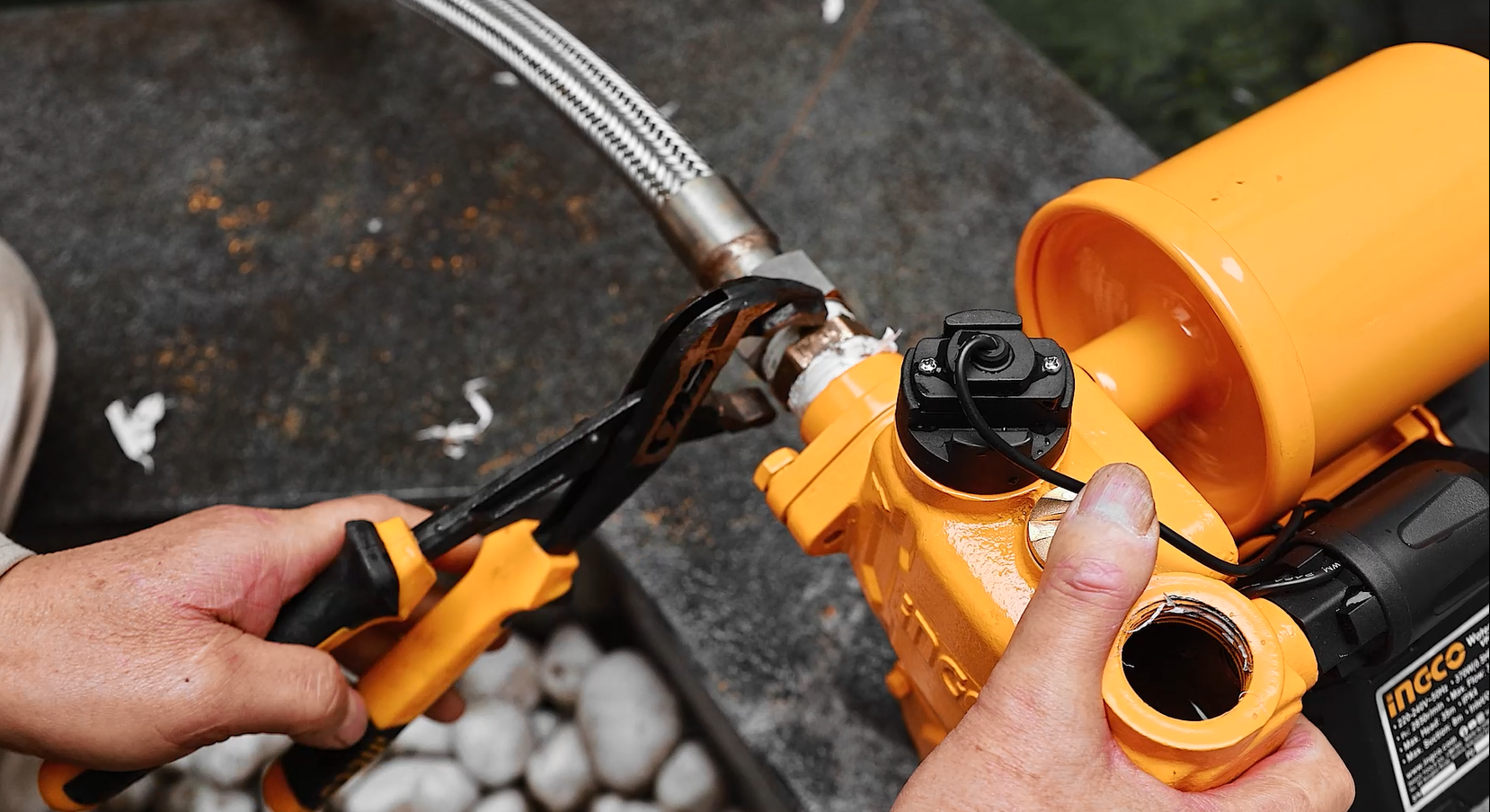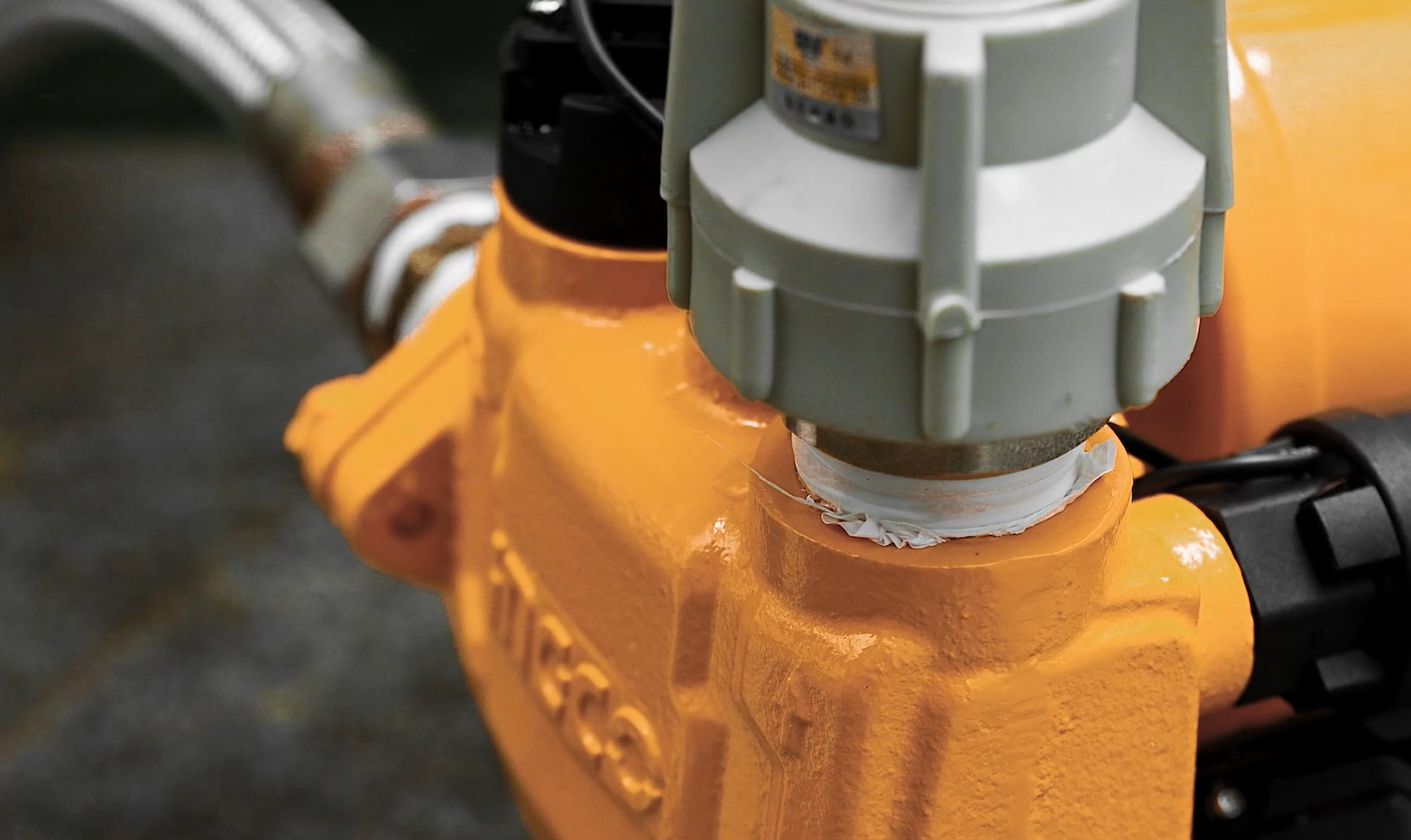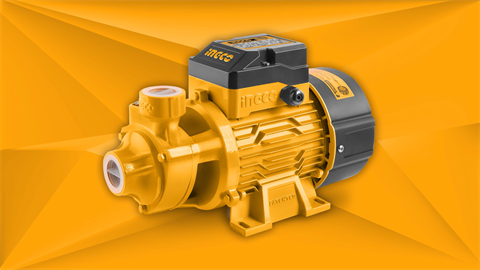How to Remove Airlock in Water Pump?
Dealing with airlocks in your water pump system can be a real hassle, especially when they start affecting the flow and efficiency of your setup. If you're grappling with reduced water flow or inconsistent pumping, you’re not alone. This guide is here to help you how to remove airlock in water pump head-on. We’ll tackle the root causes of airlocks and share straightforward techniques to remove them. With these insights, you’ll be able to restore your pump system to peak performance and avoid common mistakes.

What Is a Pump Air Lock?
A pump airlock happens when air gets trapped in the pump or pipes, blocking the flow of liquid. It's similar to a kink in a hose, where the trapped air stops the liquid from moving properly. This can greatly reduce or stop the flow rate because pumps can't move air as efficiently as liquids due to air's lower density.
Why Does a Pump Air Lock Occur?
There are lots of reasons why airlocks occur in pump systems, which you should be aware of to prevent operational issues. Below are some common causes and their implications.
1. Insufficient Pump Pressure
When a pump can't generate enough force to overcome resistance in the piping network, air pockets can form and block liquid flow. This issue is common in systems with long or complex piping, where liquid must travel long distances or navigate many bends and valves.
When selecting a water tank, always check if it fits your specific application and provides adequate pressure. Various brands offer a wide range of water pump options to suit different needs. For example, INGCO provides a variety of water pumps, including standard, submersible, sewage, fountain, and deep well pumps, all with high-pressure capabilities. This makes sure that there will be no room for air locks, as adequate pressure helps maintain a steady flow.

2. Leaks in Suction Pipeline
Even small breaches can let air enter the system, forming pockets that disrupt pump operation. These leaks undermine the necessary vacuum for efficient pumping, as air mixes with the liquid, creating a less dense fluid that the pump struggles to move. This problem reduces pump efficiency and can lead to cavitation and equipment damage.
3. Low Tank Levels
When the fluid level in the tank drops too low, the pump intake may become exposed to air, disrupting the pump's priming. This issue is common in systems with fluctuating demand or inadequate supply. Low fluid levels can also cause vortexing, where air is drawn into the pump intake with the liquid, worsening the airlock problem.
4. Thread Socket is Loose
Small gaps from a loose thread socket allow air to enter the system, creating pockets that disrupt liquid flow. Although this issue may seem minor, it can gradually affect pump performance. As air accumulates, it reduces efficiency and can eventually cause airlocks, leading to operational problems. Regularly checking and tightening thread sockets can help prevent this issue.
How Do I Remove an Air Lock in a Pump?
Now you know some of the common reasons why airlocks occur, let's learn how to remove air from water pump. Here are several methods to resolve the issue and restore proper pump function.
Replace the Hose
If you see persistent air bubbles, reduced water flow, or hose damage, it may be time to replace the hose. To replace the hose, carefully remove both hoses and secure that you don't damage the fittings. Next, replace them with new hoses of the same diameter and length. Before reattaching the hoses, prime the pump by filling it with water to expel any trapped air. Securely reconnect the hoses, then turn the pump back on and check for proper water flow.
Make Sure the Suction Hose Is Properly Installed
Incorrect suction hose installation can allow air to enter the pump system. To avoid this, see to it that the suction hose is properly installed and fully submerged in water. Check for any leaks or loose connections that could let air in. Once the hose is correctly installed and the system is primed, run the pump to expel any remaining air and restore normal operation.
Check and Correct the Position of the Threaded Socket
A misaligned or loose socket can create gaps that allow air to seep in. To fix this, carefully inspect the socket, adjust its position if necessary, and tighten it securely. This simple step can often resolve airlock issues, restoring the pump's efficiency and preventing future problems.
Lower the Pump Installation Height
When a pump is positioned too high relative to the water source, it may struggle to create sufficient suction, leading to air pockets. Reducing the height difference between the pump and the water level increases the pump's ability to draw water efficiently.
Fill Slowly
Filling a pump system slowly helps remove airlocks by allowing trapped air to escape gradually. To do this, open the fill valve slightly and let water flow in steadily. As the system fills, listen for gurgling sounds indicating air release. Continue this process until the pump and all connected hoses are fully primed with water.
Clean the Valve
Over time, debris and sediment can accumulate in the valve, hindering the water pump’s function. Learning how to release air from water pump by cleaning is simple, first, turn off the pump and carefully disassemble the valve. Then Clean it thoroughly using a brush and water to remove any buildup.
Conclusion
While it can be true that having an airlock in a water pump can be really frustrating, surprisingly it is straightforward and manageable to resolve. Knowing how to remove airlock in water pump not only fixes current issues but also helps maintain the health of your pump. Just keep in mind the tips that were mentioned to ensure smooth operation. If issues still persist, make sure to contact your professional technician or service provider for further assistance.
FAQs
How can I tell if my pump has an air lock?
Signs of an airlock include the pump running but not moving water, unusual noises, and reduced water flow. The pump may also become hot to the touch due to continuous operation without proper water flow.
What tools might I need to remove an air lock?
Common tools include screwdrivers, pliers, and hose clamps. You may also need replacement hoses and valves, depending on the cause of the airlock.
How do I manually remove an air lock from a pump?
To manually remove an airlock, disconnect the discharge hose and let the pump run until water flows steadily. Reconnect the hose and ensure all connections are tight. You may also need to open valves to release trapped air.
